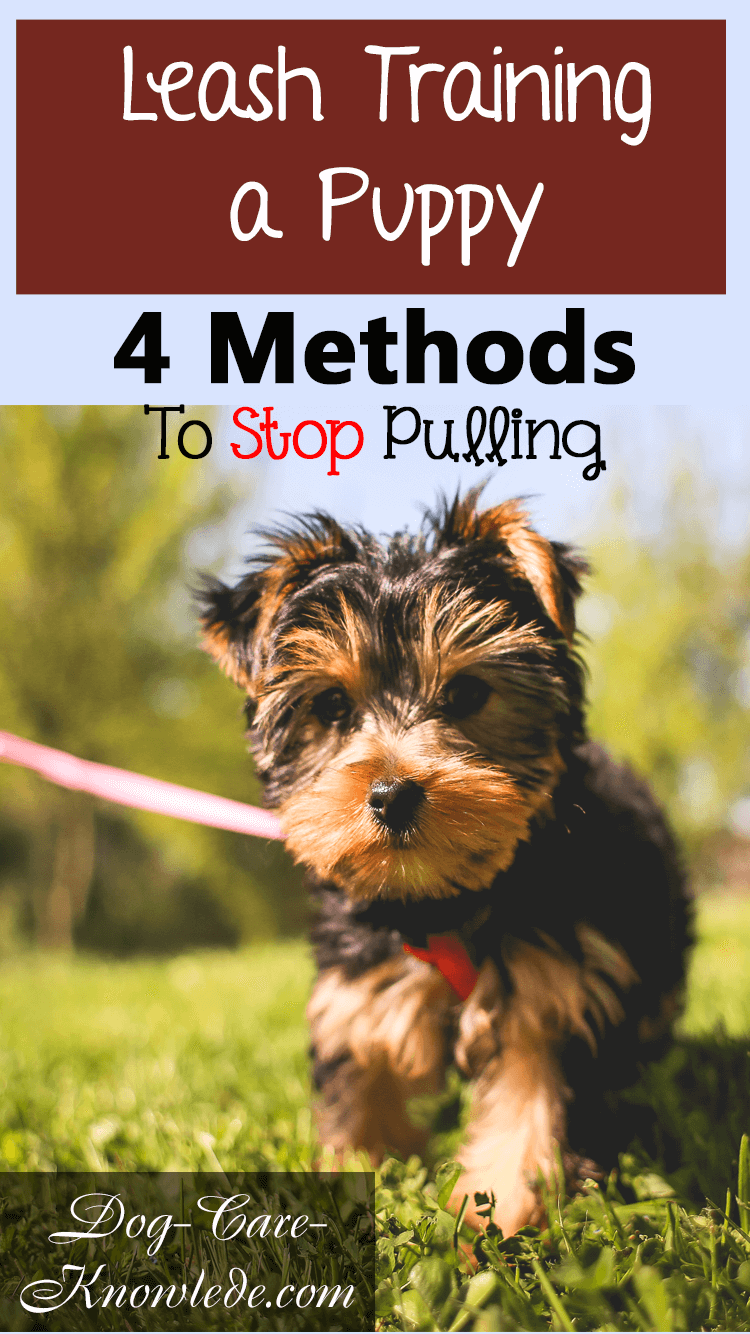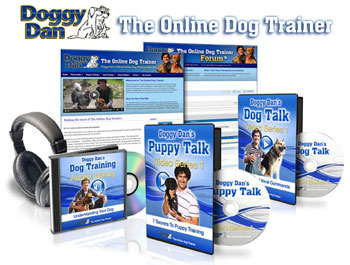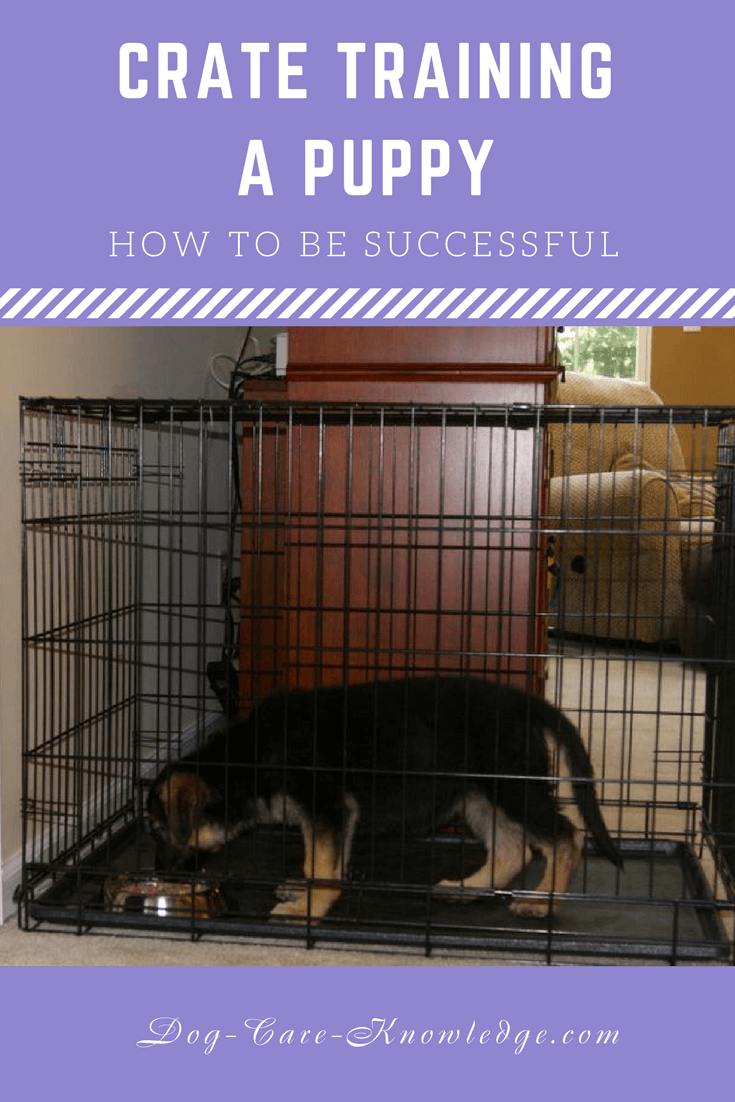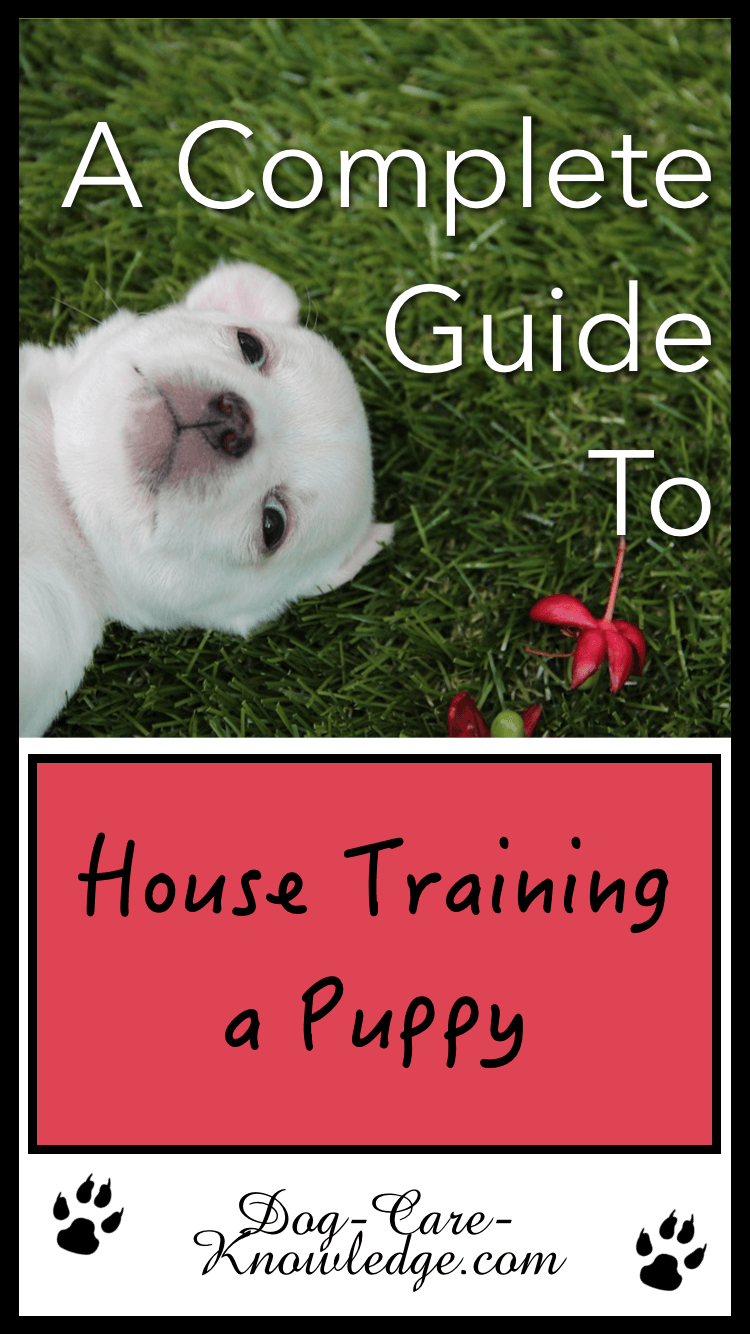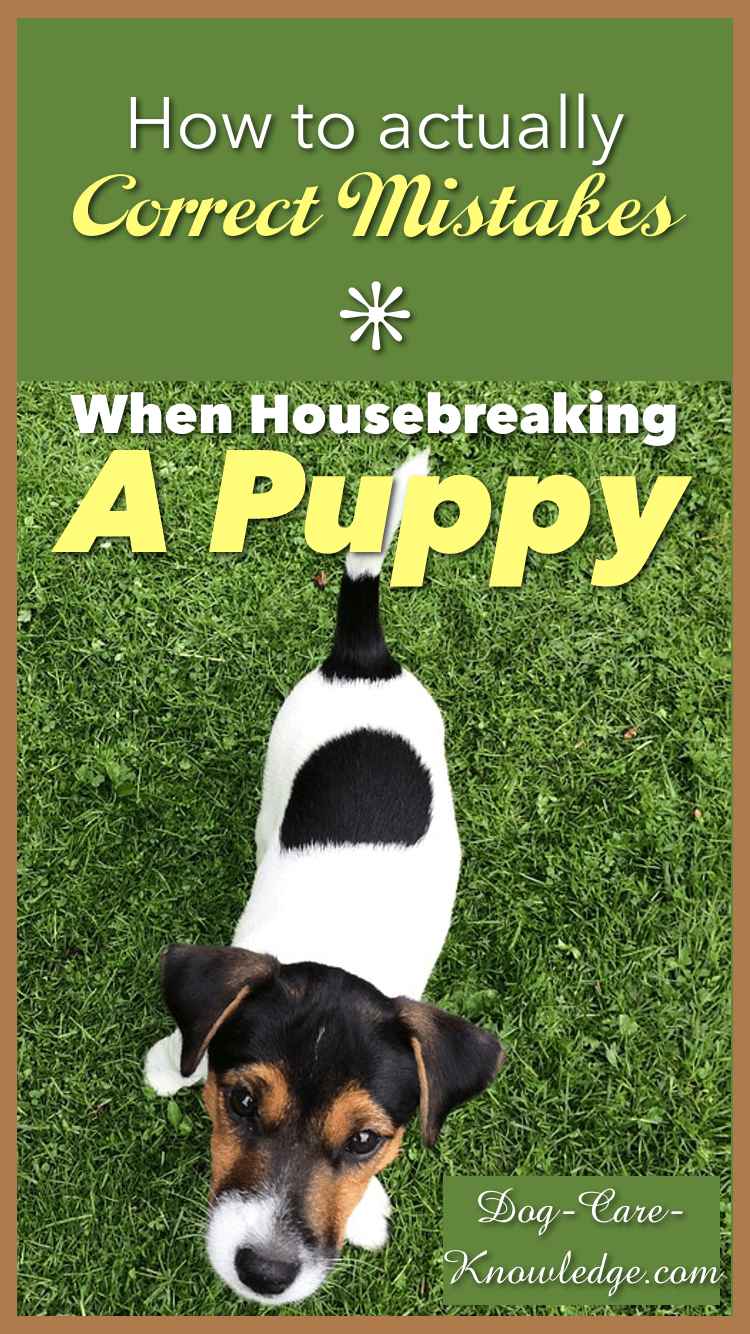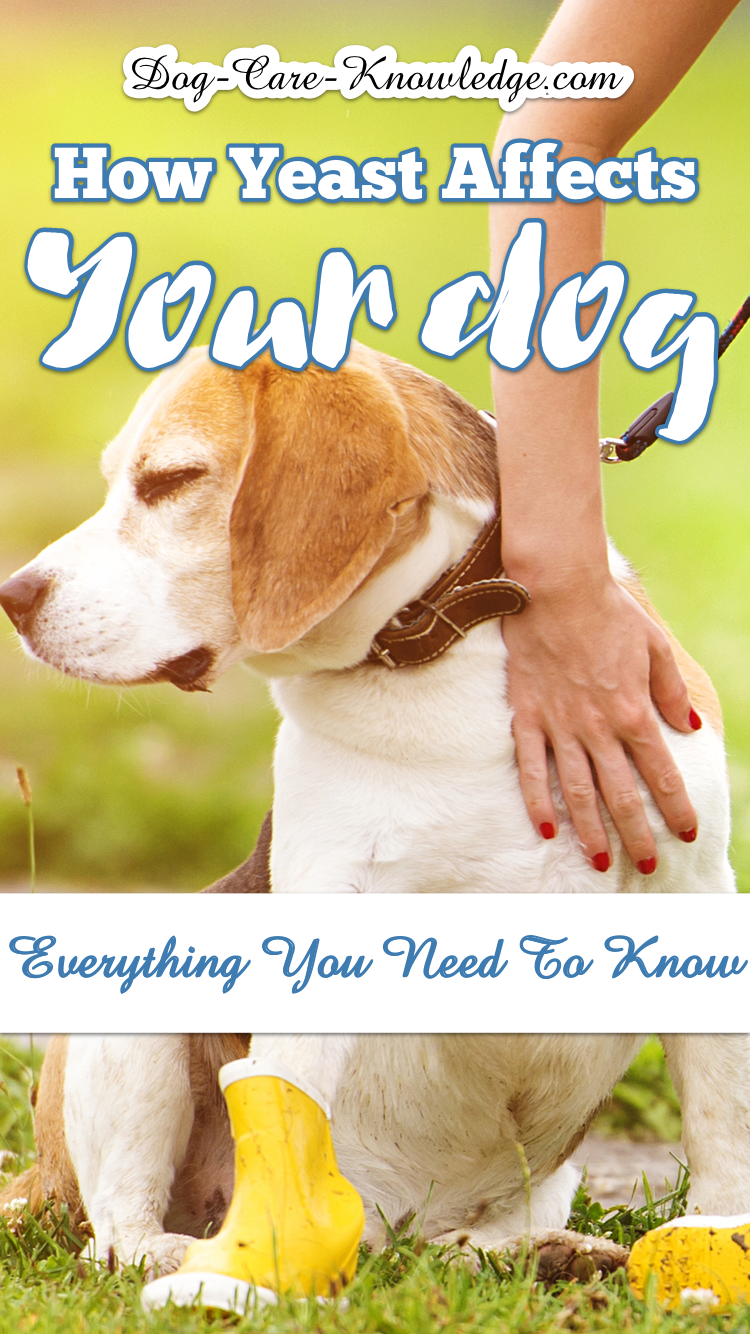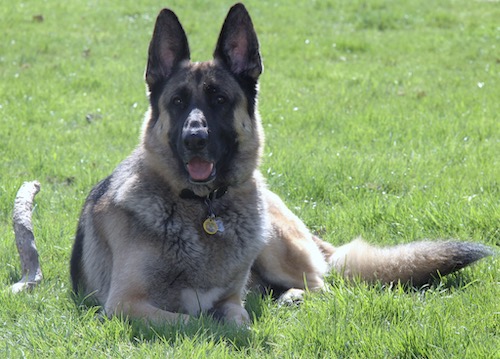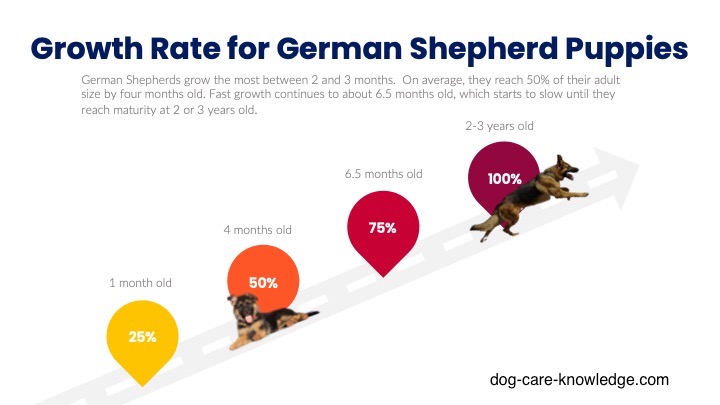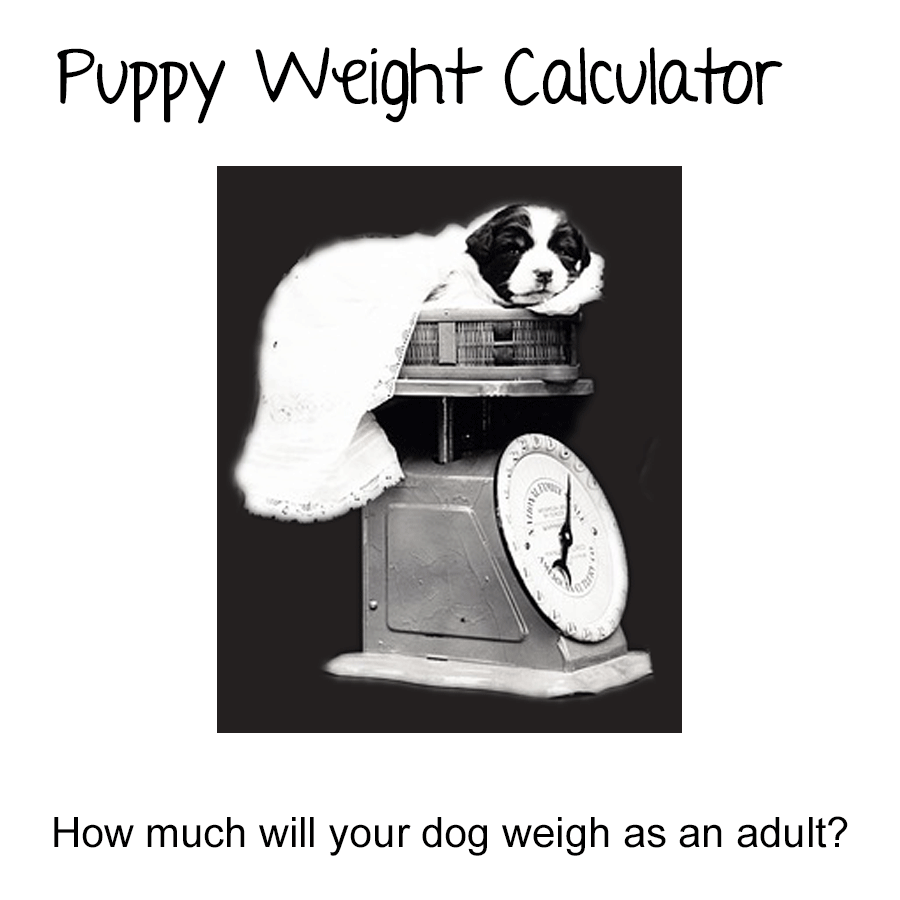- Home
- Puppy Training
- Leash Training a Puppy
Leash Training a Puppy
To Walk Calmly
Leash training a puppy to walk calmly by your side will avoid many problems associated with a dog that pulls on the leash.
I'm sure it's not just me that doesn't want to be yanked along by their pooch. Big or small, dogs that pull hurt and can cause dangerous situations. If you're not convinced, take a look at just a few problems you can expect if your pup grows up to be a dog that pulls on the leash:
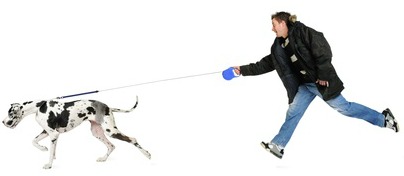
Problems With Dogs That Pull
- It feels like your arm is being pulled out of it's socket
- You can get cuts, blisters, and sores on your hand
- You can be pulled to the ground
- Difficult to walk in populated areas
- You loose control of the dog (very dangerous if near traffic)
- Collars and leashes can snap at the worse possible moment
- Leash can be pulled out of your hands and your dog could run off
- Collars can damage a dog's neck and throat (when pulling)
- Many harnesses enable dogs to pull harder
- Often results in not walking the dog
- A relaxing walk will turn into an exhausting walk
Walking your dog can be a wonderfully relaxing and enjoyable experience or, if you have a "puller", it will be nothing of the sort. In fact, it'll feel like a nightmare every time you take your dog out. If you don't want to deal with a puller, you just need to do one simple thing....Teach your puppy to walk by your side on a loose leash.
I know it sounds obvious, but you'd be surprised at how many people don't realize that this is something that you actively need to teach your dog. You see, most dogs don't naturally want to walk calmly by your side. Especially a pup. In fact, most pups (and dogs) prefer to run everywhere very quickly. And that's simply why they pull. They just want to get to where they're going.....NOW!
It's your job to change their thinking and give them something to be motivated about by being by your side. At first, that is. Once walking calmly is a learned behavior it becomes habit.
|
If you're more of a visual learner then I urge you to try Doggy Dan, The Online Dog Trainer. He provides some great videos on leash training a puppy as well as many other topics you're likely to come up against with your puppy or dog. I encourage you to click here to learn how this series of videos can be of great benefit to your and dog's training regime. |
Because each dog (and person) learns differently, it's useful to have a few methods to try. Here are 4 methods that teach your dog to walk on leash without pulling.
Preparation for Leash Training a Puppy
No matter which method you use, you should also do the following:
- Load up with lots of tasty treats. Use something that is soft and meat-based, not biscuit.
- Practice indoors first without a leash and with no distractions.
- Do not use an extendable leash when leash training a puppy.
- Practice with a 6' regular leash that is long enough to create some slack.
- Always use a flat buckle collar or harness.
- No choke chains, prong collars, and definitely no shock collars.
Method 1 - Leash Training a Puppy
Before you start this method, teach your puppy to respond to a specific sound. It can be anything, tapping your leg, clicking your tongue, clapping, or whatever you want. Just be consistent and get your puppy to look at you when you make the sound.
You can achieve this by pairing the sound with a treat until your puppy looks at you every time you make the sound. Puppies are naturally curious so will usually look in the direction of a new sound.
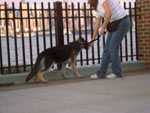
- Now, make your sound and praise heavily when he looks in your direction (don't give a treat yet).
- Take a couple of paces back and your pup should follow for his treat.
- If he does, bingo! Give him his treat. He has just learned his first step in leash training a puppy - to follow you every time you make your sound.
- Repeat this exercise 5 or 6 times in all different directions and until your puppy is consistently following you for his treat.
Adding the Leash
You are now ready to add a leash but before you go outside, practice in a place without distractions, your backyard is a good place to start.
Continue with the above exercise exactly the same as you did before but make sure that you keep a loose leash. Your puppy should continue to follow you as he did with the previous exercise.
Once you have done this indoors, or in your backyard, 5 or 6 times you are ready to leave your house/yard and start leash training a puppy outside but choose a quiet place first.
Outside the House
Again, load up with lots of treats and have them where they are easy to access. Now, follow these steps:
- Put your pup on a leash and go outside.
- The second the leash goes tight. STOP.
- Now, wait for a couple of seconds and don't move an inch and don't say anything.
- Now make your chosen sound.
- When your puppy starts to turn his head towards you, give lots of praise.
- Now, take a couple of paces backwards and your puppy should follow.
- If he follows, give him a treat and praise him. If not, make your sound.
- Now, repeat this in a different direction.
Again, stop immediately the leash goes tight and repeat these steps.
It's important to go slowly when training a puppy on leash. This means that your puppy learns that you never go forward when he pulls, or even when the lead goes tight.
If that method doesn't work, you can try this:
Method 2 for Leash Training a Puppy
This method is based on keep changing directions. Again use a flat buckle collar and have plenty of tasty treats.
Begin walking forward together and the minute the leash starts to go tight, both you and the pup change direction. Basically you walk in the opposite direction to your pup and have him follow you. As soon as he catches up to you and is by your side (with a loose leash) give him a treat.
If the leash goes tight, turn around again and walk in the opposite direction and just repeat the above. You can change it up by going in all different directions (left, right, diagonal) as long as you don't go in the direction your pup wants to pull you to.
This method is pretty simple and many dogs get it quickly. It teaches them that the more they try to go in one direction, it has the opposite effect. They start to anticipate that you're going to change direction and stay by your side more. Some dogs don't get this at all and you end up going in circles! If you find that happening then choose one of the other methods.
Method 3 - Leash Training a Puppy
Using a flat buckle collar and a 6' leash go outside with your pup. Now have lots of tasty treats or a toy and back away from your pup. Make it a game and be exciting. If he follows, give him his treat.
Practice that a couple of times until he is following you (while you back up) consistently. This time when he comes up to you looking for his treat, swivel round so that he is on your left side and you are both facing forward with a loose leash.
Take a few steps forward together and then swivel back to being in front of him backing up. Make sure you get his attention when you are backing up and again swivel round when he is coming up to you for a treat.
You can repeat this over and over with the aim of increasing the amount of time you are walking forward together each time you do it. Eventually you should be able to walk forward together with a loose leash and every time you see him getting a bit further away then back up and repeat the exercise.
The most important thing with this method is to be as exciting and fun as you can so that your pup is going to want to be with you more than he is going to want to move away from you. Lots of treats and lots of excitement for this method.
Method 4 - Using a Long Line
For this method you're going to do something completely different. You're going to use a 15' long line and get your pup to walk by your side willingly.
Only practice this method where you have tons of room and are not close to cars, people, other dogs etc. A large field or park area works great. Just keep your distance from other dogs or distractions.
Attach the long line to your dog's collar and hold on to the other end loosely. Let your dog do as he wants on the other end and have some tasty treats or a toy. This time you're not going to try and entice your dog to come to you but instead will reward him if he does.
If he doesn't come to you at all just be patient and wait. You can try pretending to play with the toy by yourself or pretend to eat the treats if he is just ignoring you.
When he does come then give him some treats, play with his toy (don't let it go though) and give lots of reward. As long as he is staying by your side, start walking forward and give him treats one by one or have a game with his toy. If he goes away again, stop walking, stand still and wait for him to return. Again, if he doesn't then pretend to play with his toy or pretend to eat the treats until he returns.
Every time your pup comes to you the leash will naturally be loose and he will get used to walking with a loose leash. This method works well as it teaches your pup that coming to you is rewarding and that he isn't being restrained by the leash. He will feel more like it was his choice to be by your side and won't get used to walking with a tight leash. Once he is consistently staying by your side you can change the leash out for a regular 6' one and he should still be walking by your side calmly.
If at any time he starts to pull on the 6' leash go back to training with a long line or try one of the other methods when on a short leash.
Where To Practice
When going outside you should start somewhere fairly quiet and gradually increase his exposure to every day distractions you are likely to encounter. These can include:
- Near roadways (cars, trucks, etc.)
- Children playing
- Other dogs
- Bicycles
- Pushchairs
- Birds and other animals you may encounter
- Garbage bags - these can be quite enticing (or scary) to young puppies so don't start puppy leash training outside on garbage collection day!
When leash training outside, always start as far away from a distraction as you can and gradually build up to getting closer. If your pup seems worried by any of the distractions then go slower and don't move closer until he is happy to do so.
If You Just Need To Get Somewhere Fast
Sometimes, however, you really need to get somewhere quickly and haven't got time to practice leash training with your pup.
In these circumstances, I would recommend that you obtain a gentle leader head halter.
It prevents your puppy (or dog) from pulling and allow you to get from A to B safely. You can use it in-between your training sessions or instead of!
